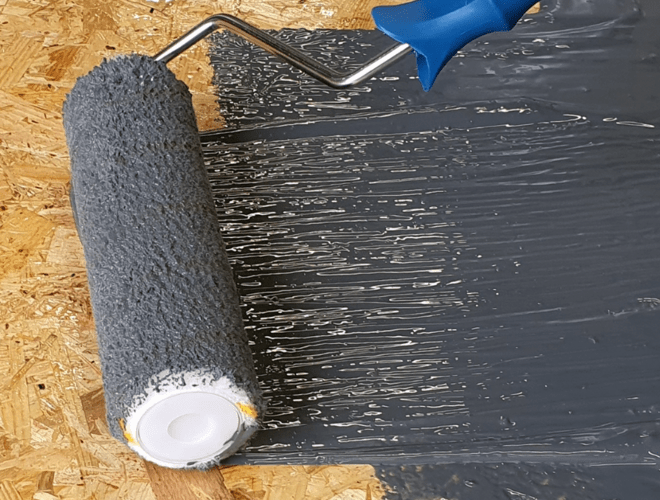
Author
Nigel Payne - Flat Roof Specialist
Introduction
When it comes to flat roofing systems, liquid roofing options have gained popularity for their versatility, durability, and waterproofing capabilities. Liquid roofing is an excellent choice for a wide range of roofing applications, from residential to commercial and industrial buildings.
In this blog, we'll delve into three of the main liquid roofing systems: Polyurethane (PU), Polymethyl Methacrylate (PMMA), and Flexible Glass Reinforced Plastic (GRP). We'll provide an informative overview of each system to help you better understand why this great innovation is increasingly ubiquitous.
Polyurethane (PU)
Polyurethane liquid roofing is known for its durability and flexibility. It's a popular choice for various roofing applications due to its excellent adhesion properties and resistance to weathering. Here are some key features of PU liquid roofing:
- Durability: PU roofing systems can provide a long-lasting and robust waterproofing solution, making them suitable for areas with heavy foot traffic.
- Versatility: PU can be applied to a wide range of substrates, including concrete, metal, and existing roofing materials.
- Flexibility: The elastomeric nature of PU allows it to accommodate structural movement without compromising its waterproofing capabilities.
Polymethyl Methacrylate (PMMA)
PMMA liquid roofing systems are known for their rapid curing time and exceptional resistance to UV radiation. These qualities make them an excellent choice for both new installations and roof refurbishments. Here are some key features of PMMA roofing:
- Fast Curing: PMMA systems cure quickly, even at low temperatures, making them suitable for projects with time constraints.
- UV Resistance: PMMA is highly resistant to UV radiation, which helps maintain its appearance and performance over time.
- Seamless Application: PMMA systems create a seamless, fully bonded membrane, reducing the risk of leaks and enhancing waterproofing.
Flexible Glass Reinforced Plastic (GRP)
Flexible GRP liquid roofing systems are renowned for their strength and adaptability. They are commonly used in situations where the roof may be subject to regular mechanical stress. Here are some key features of Flexible GRP roofing:
- Strength: GRP systems are incredibly robust and capable of withstanding heavy foot traffic and mechanical loads, making them suitable for walkways and balconies.
- Versatility: Flexible GRP systems are compatible with various substrates and can be applied to complex and irregular roof shapes.
- Aesthetic Options: GRP can be used to create visually appealing roofing solutions, offering a range of colours and finishes.
Conclusion
Each of these liquid roofing systems, Polyurethane (PU), Polymethyl Methacrylate (PMMA), and Flexible Glass Reinforced Plastic (GRP), has its own set of unique advantages along with many qualities shared by all three, making them suitable for many different roofing applications. The choice between these systems should be based on the specific requirements of the project and the conditions it will face. It's important to work closely with a roofing professional or consultant to determine which liquid roofing system is the best fit for your needs.
Which liquid waterproofing system do you prefer?




